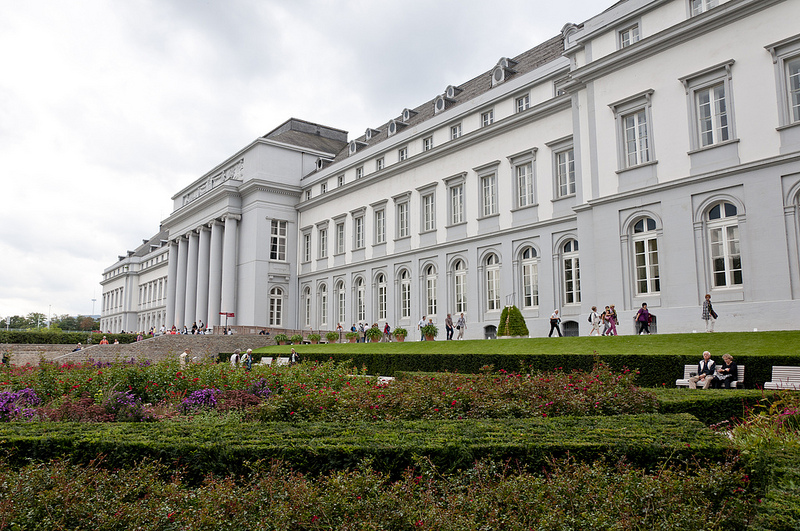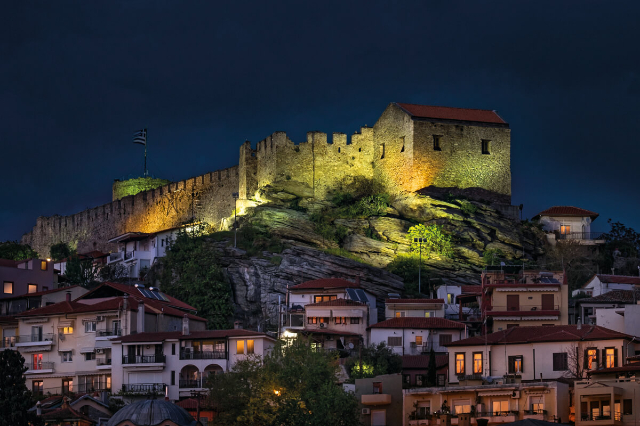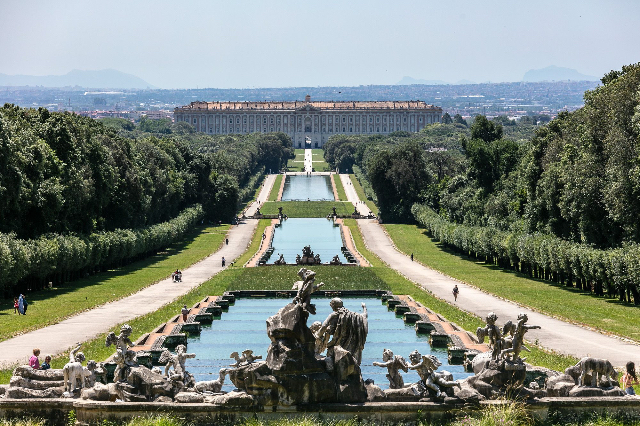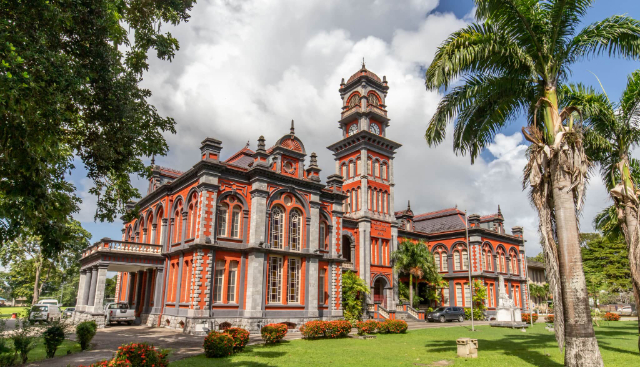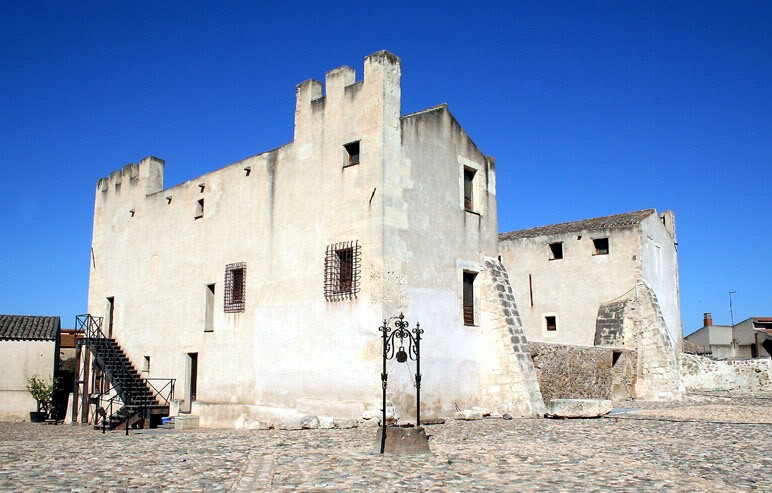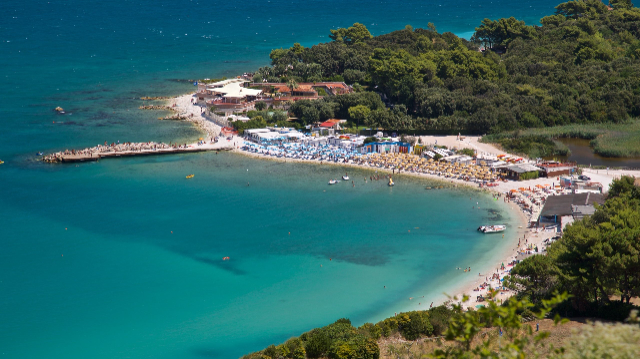Situated within the Shah Burj block in the northwestern corner of Lahore Fort, the Sheesh Mahal, or “The Palace of Mirrors,” stands as one of the most spectacular monuments among the 21 built by successive Mughal emperors. This palace is often described as the “jewel in the Fort’s crown” and is a prime example of the grandeur of Mughal architecture and design.
Lahore Fort itself is renowned globally as one of the most impressive historical structures of its kind. Within its confines, the Sheesh Mahal is particularly famous for its extravagant use of mirrors. The palace features five arched entrances on the front side, which usher visitors into a world of gleaming reflection. The interior is adorned with hundreds of thousands of small mirrors that are intricately set into the walls and ceilings, creating an enchanting effect of shimmering light and visual complexity.
These mirrors are not merely decorative but are crafted and arranged to amplify the natural light entering the room, creating a bright and expansive atmosphere even in the dimmest light. This architectural technique, known as “Aaina Kari,” is a hallmark of traditional Mughal interior design, reflecting the sophisticated aesthetic sensibilities of the era.
The Sheesh Mahal is more than just an architectural marvel; it is a symbol of the rich cultural heritage of the Mughal Empire and attracts visitors and scholars from around the world. It serves as a vivid testament to the opulence and detailed craftsmanship of Mughal palatial constructions and remains a must-visit for anyone interested in the history and art of South Asia. Whether viewed in the soft light of morning or the golden hues of sunset, the Sheesh Mahal offers a breathtaking glimpse into the lavish lifestyle and artistic legacy of the Mughal emperors.


